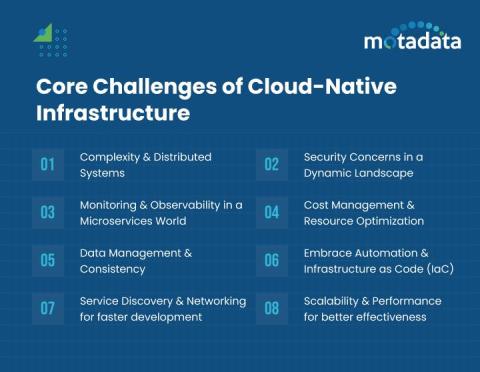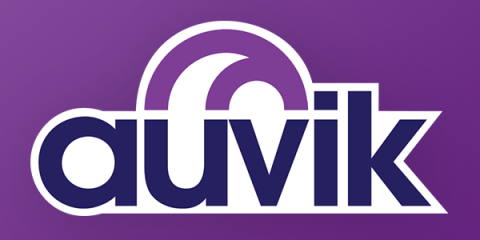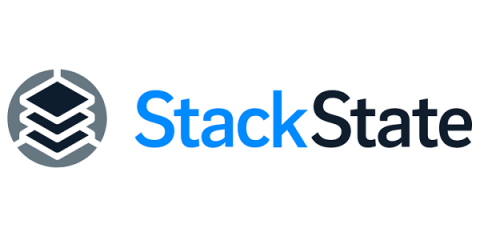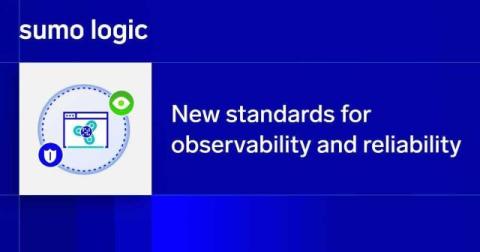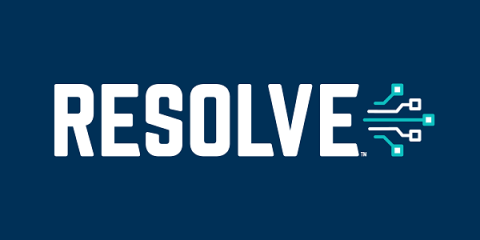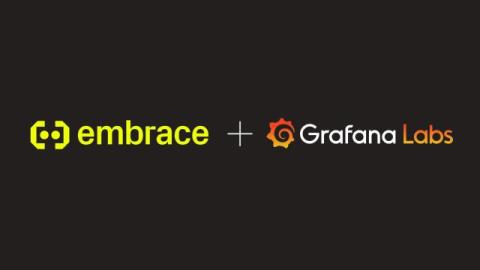What is end-user experience monitoring?
In today’s hyper-connected world, web applications and platforms are the cornerstone of our daily activities. From routine tasks like checking the weather or managing finances to booking a vacation, these digital tools seamlessly integrate into every aspect of our lives. However, when these applications malfunction—whether due to unexpected errors, crashes, or slow loading times—the consequences can be far-reaching.




